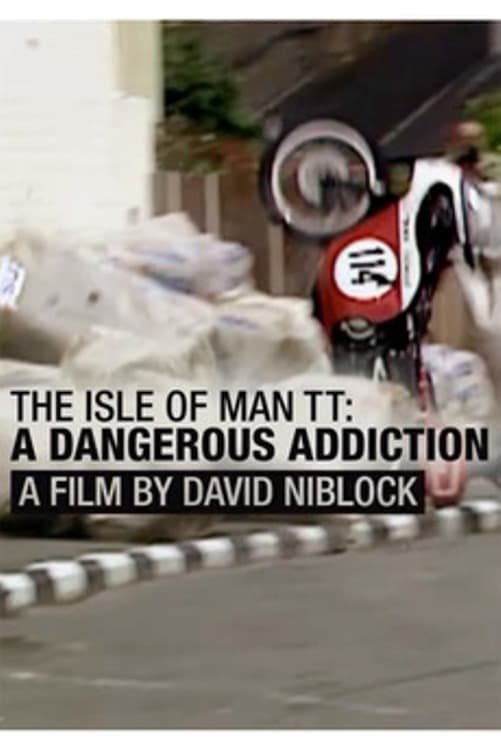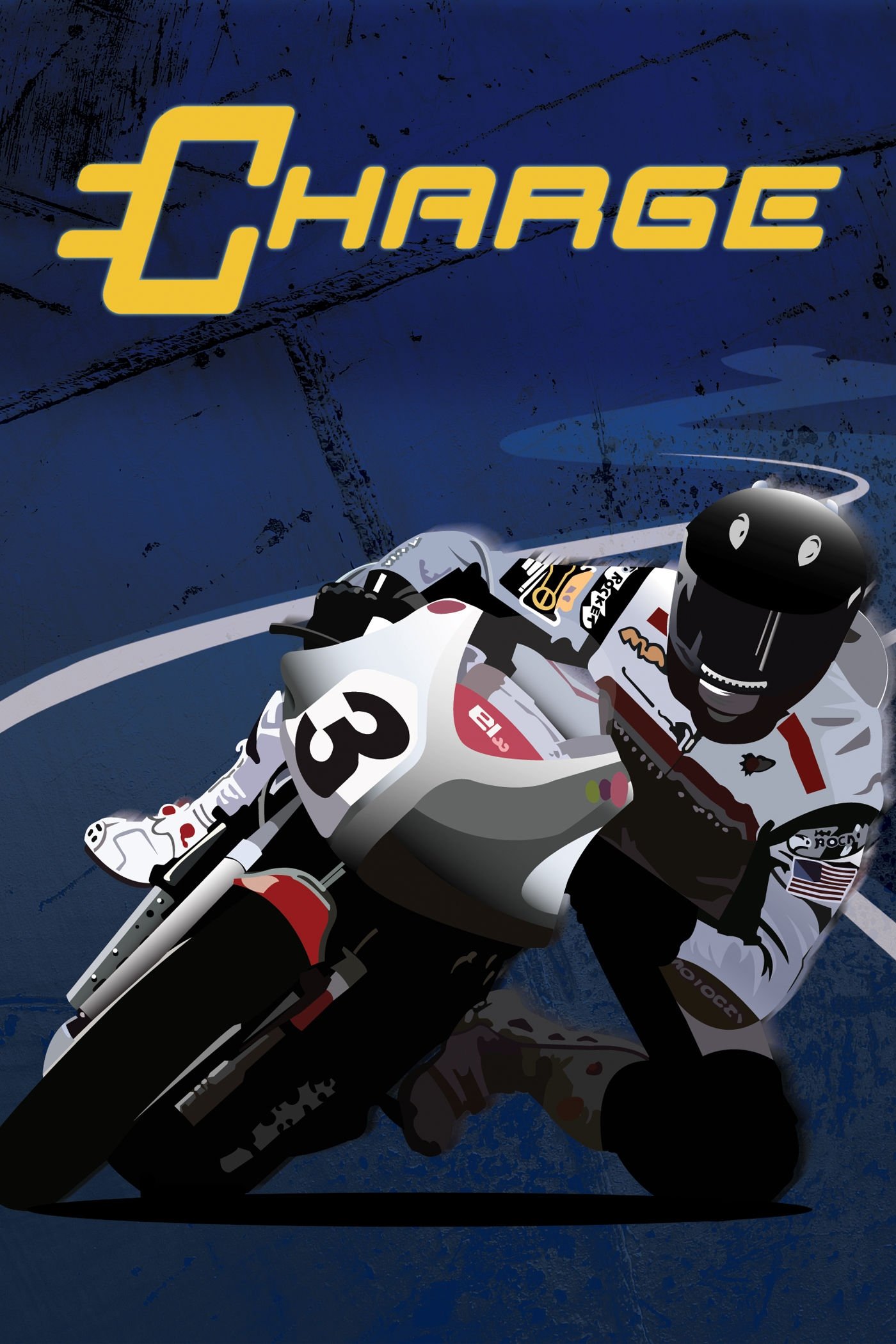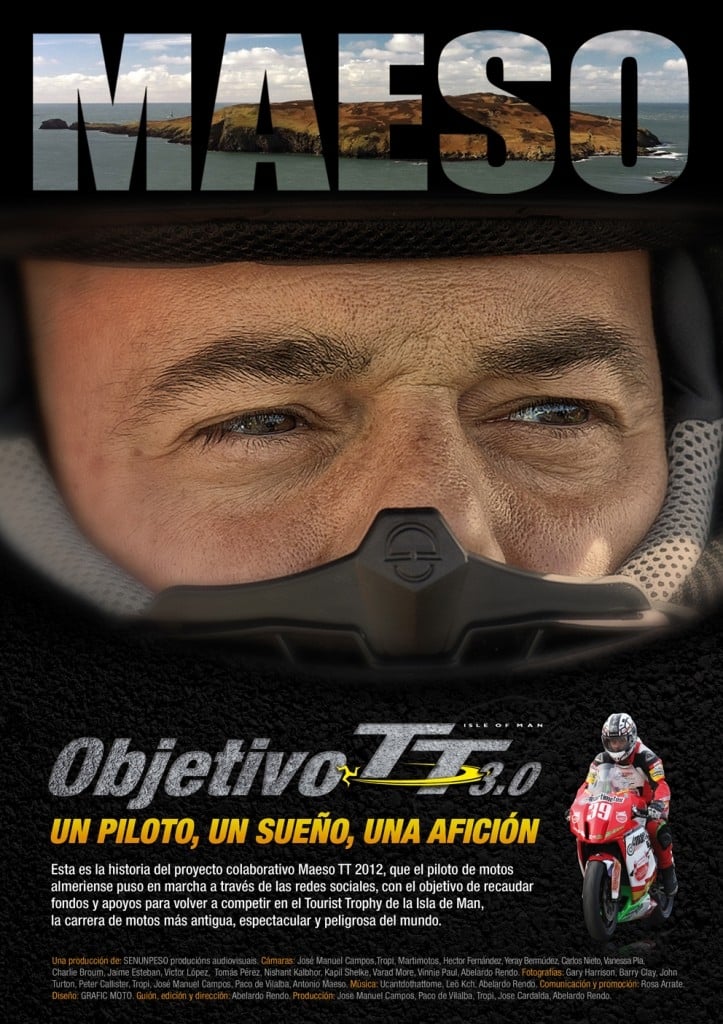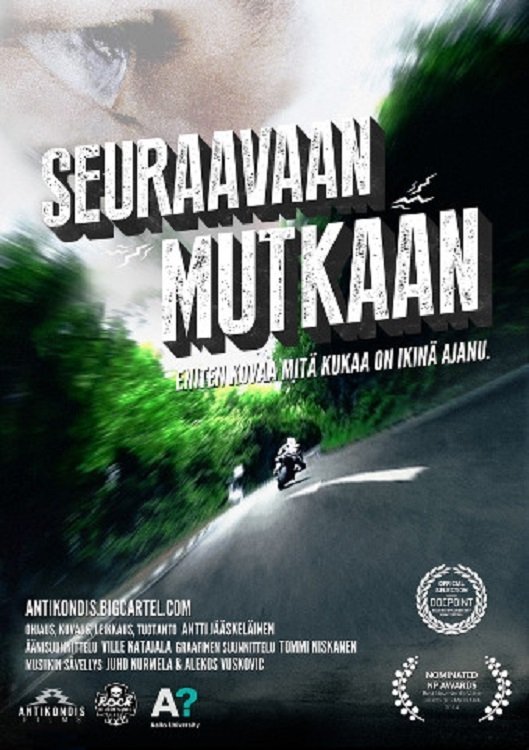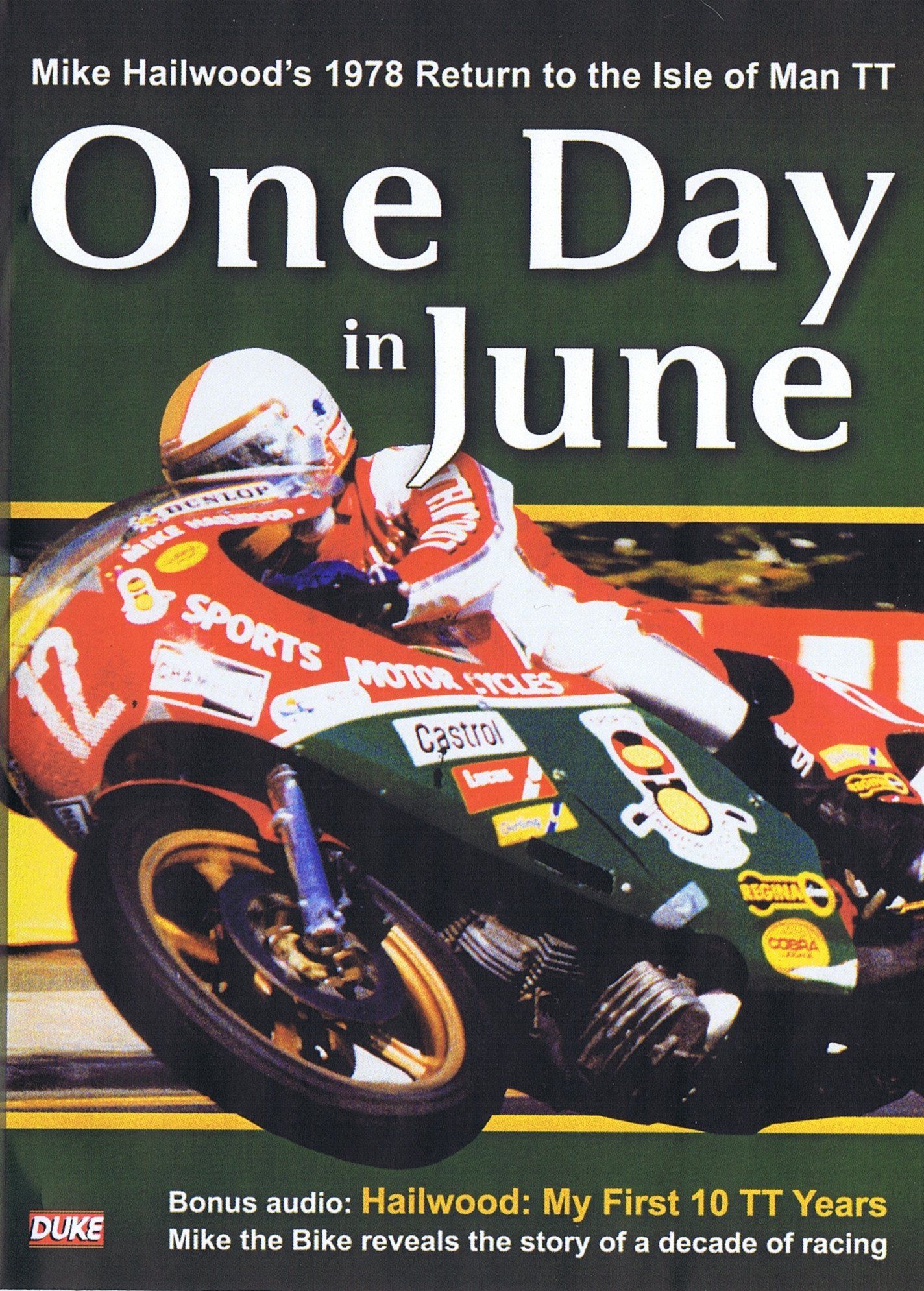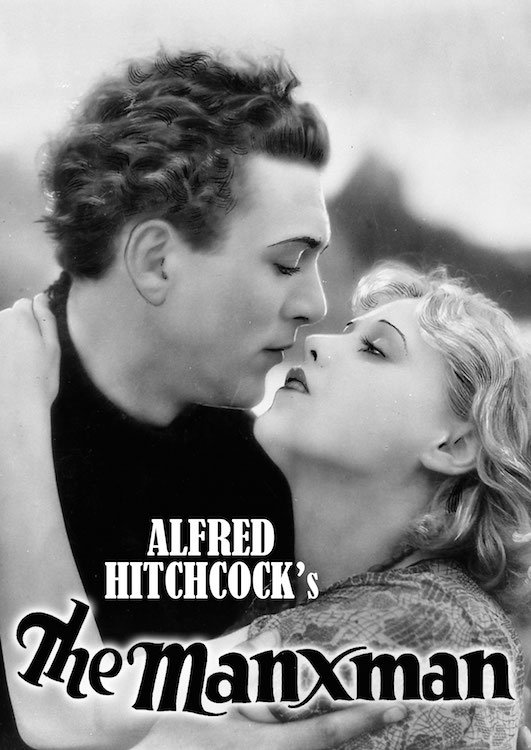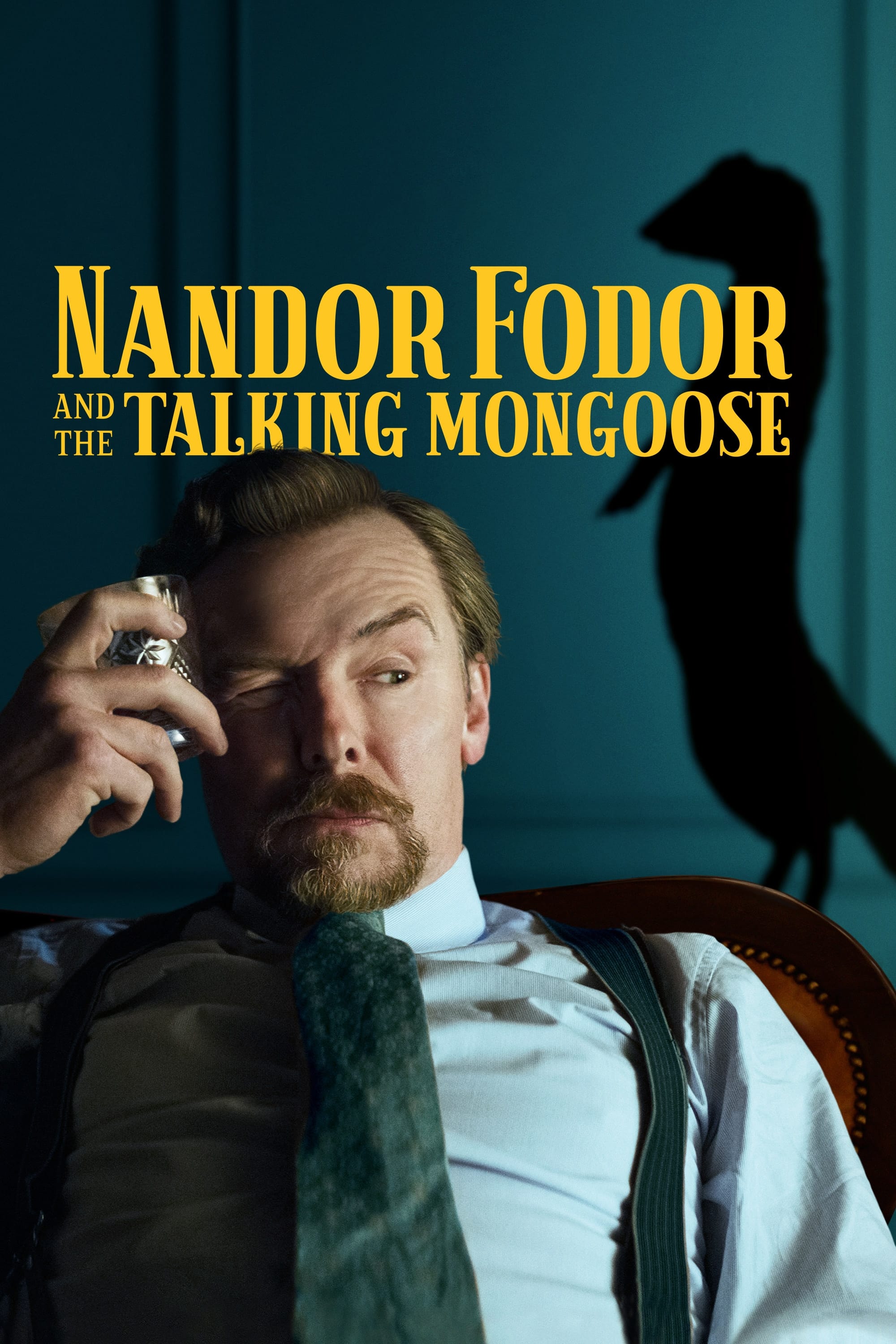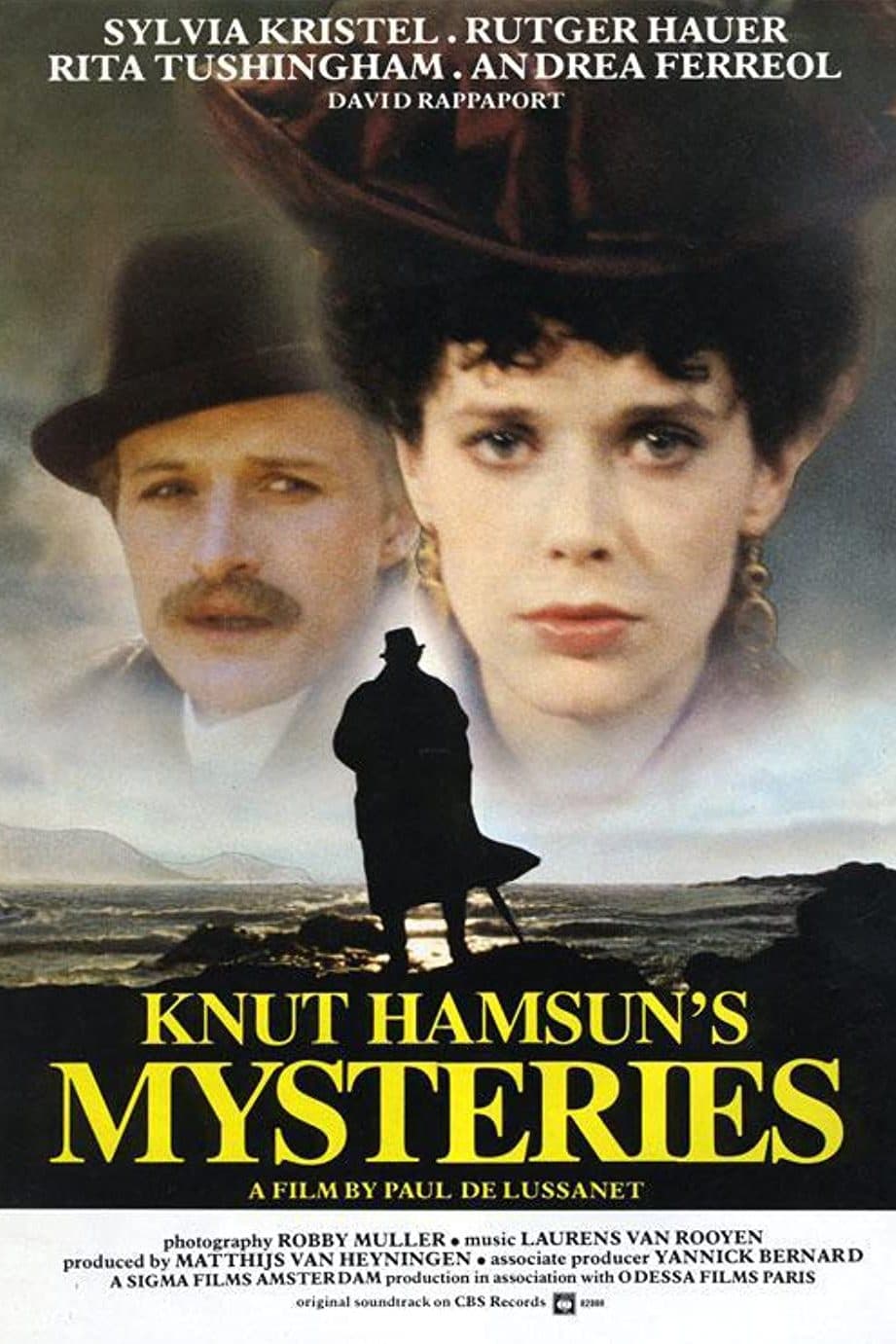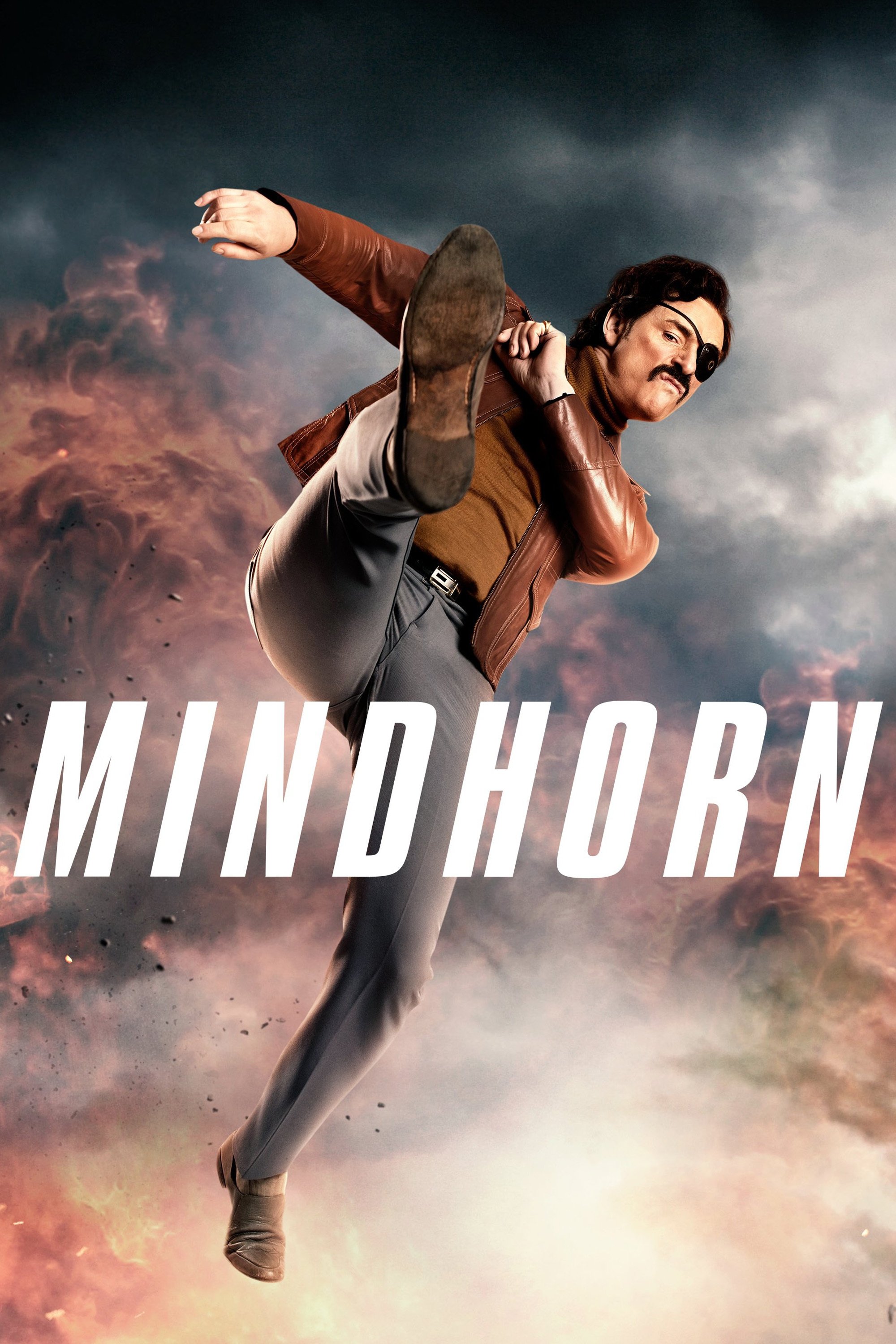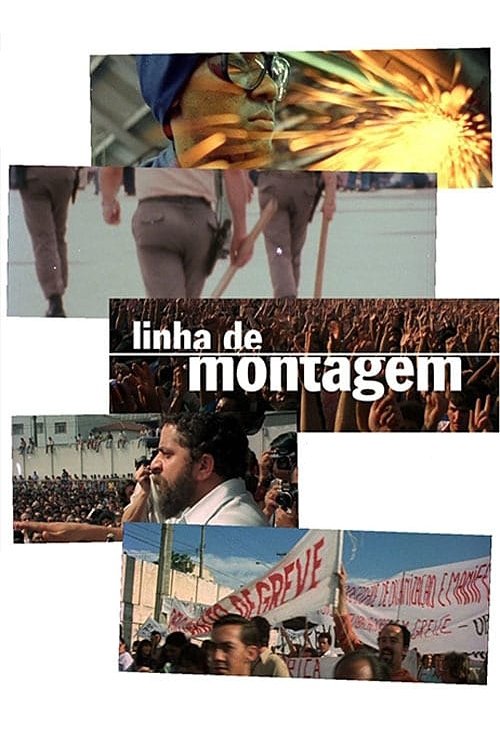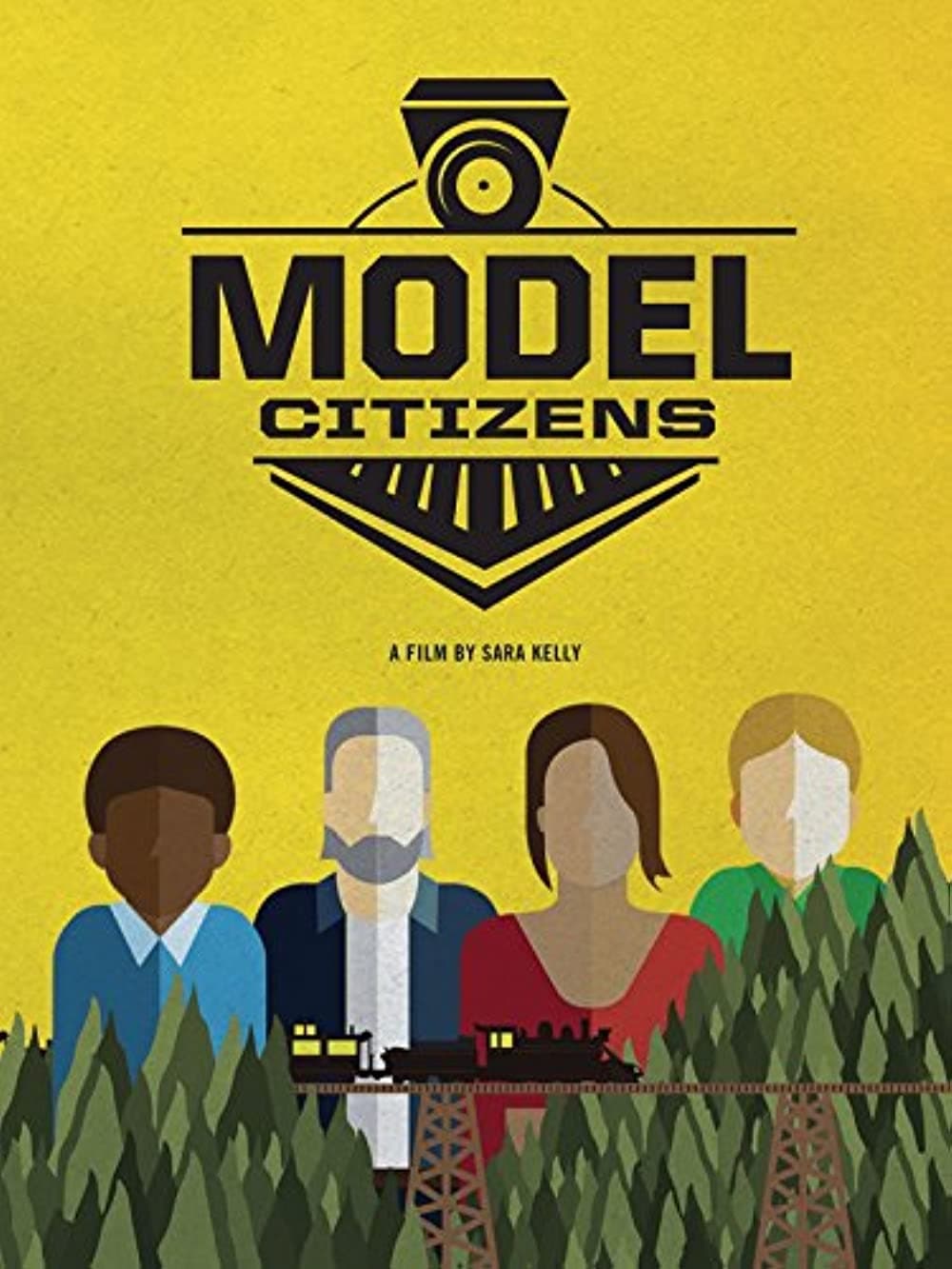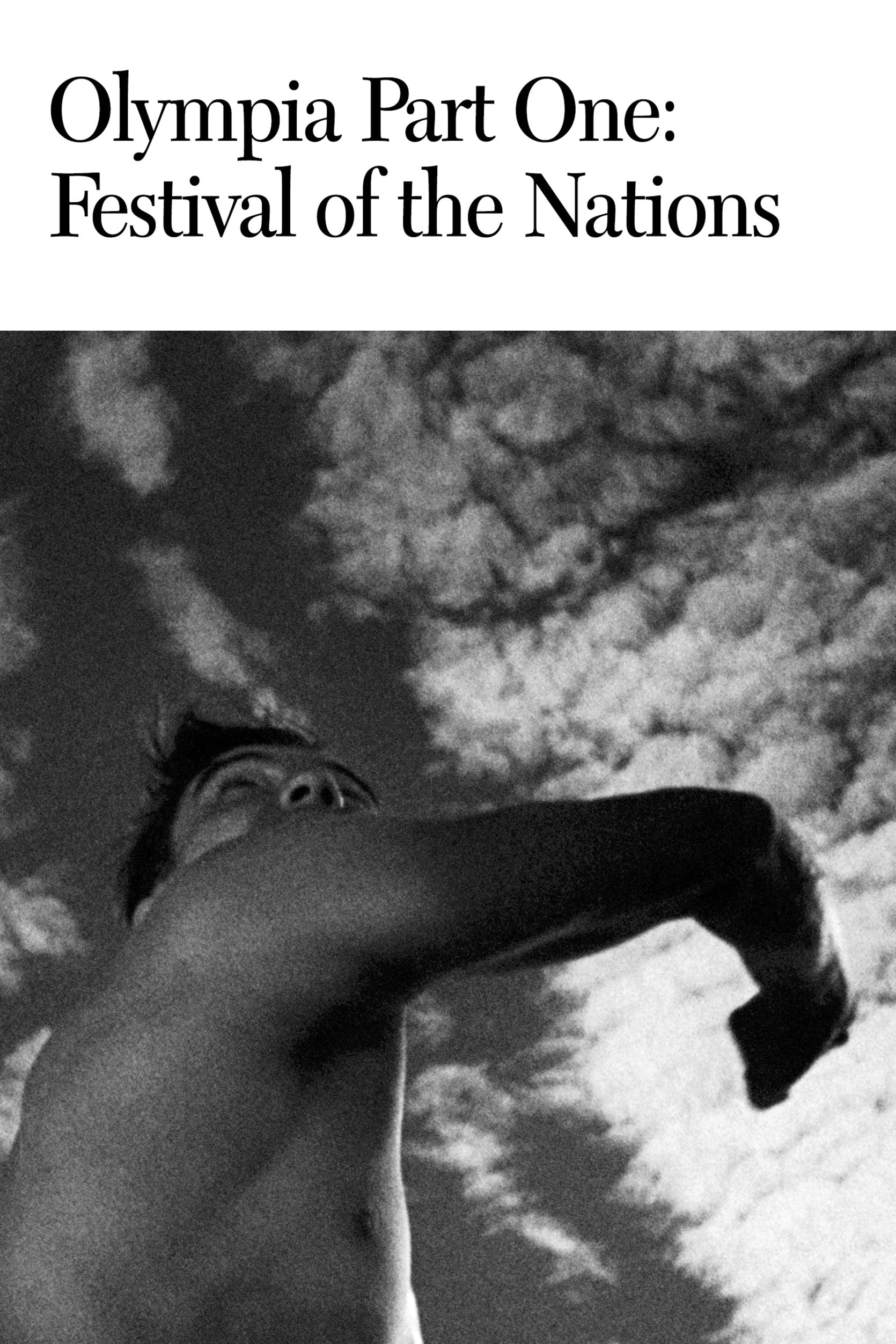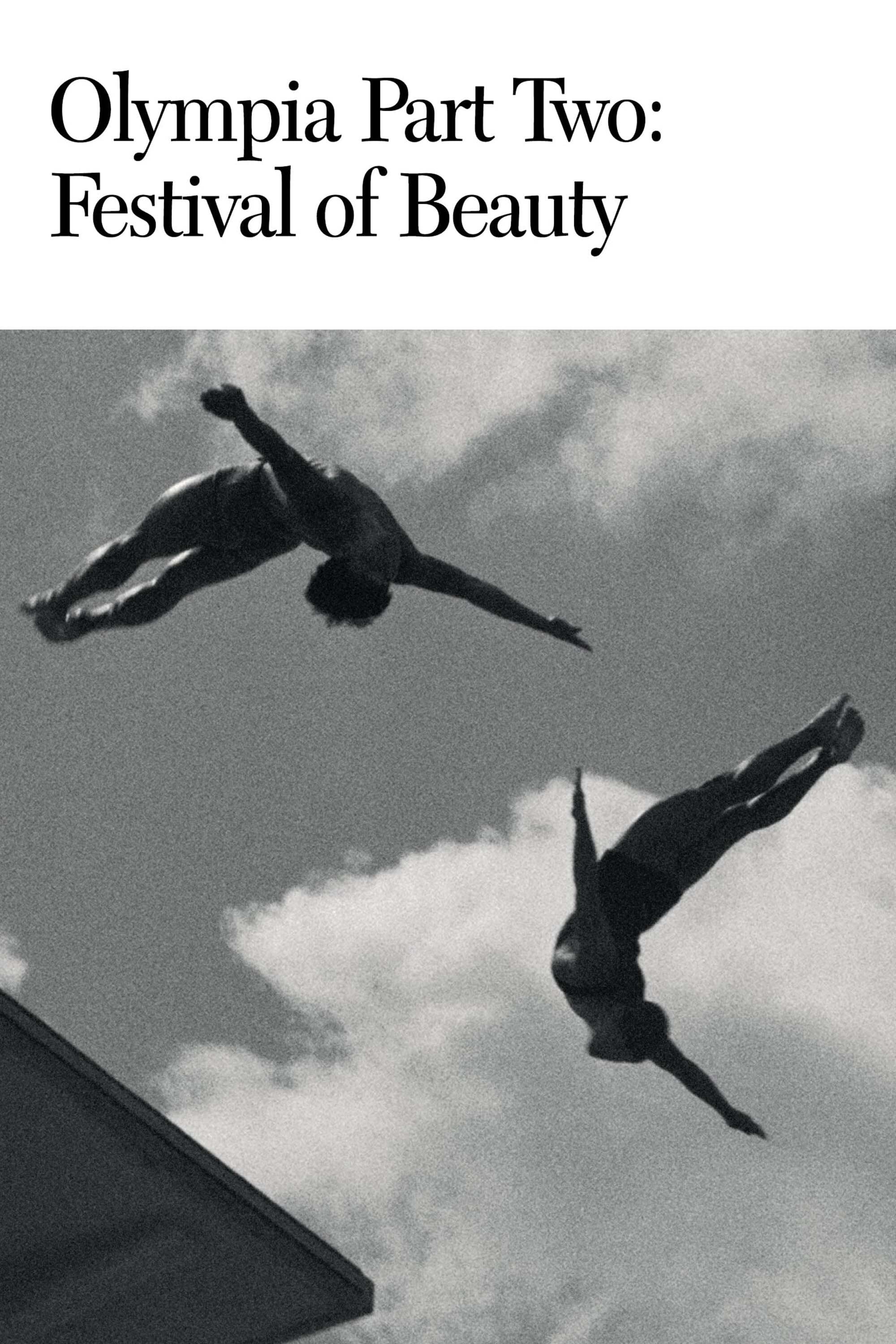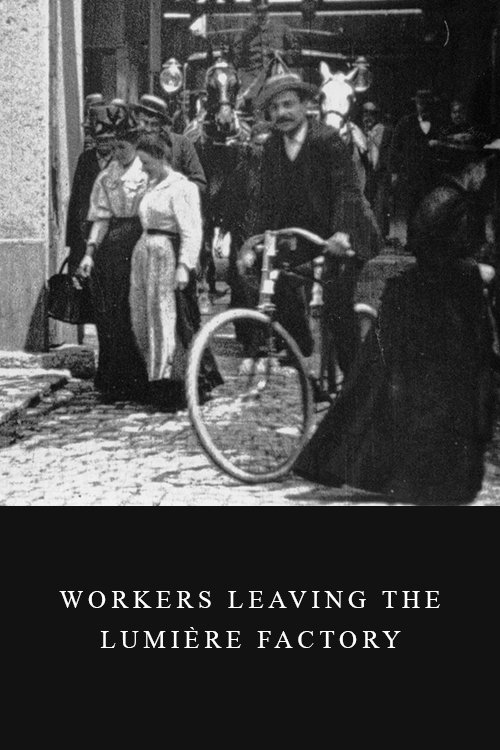Look at Life: Look at Man (1969)
Overview
A visit to the Isle of Man to discover why it wants greater independence.
Production Companies
Additional Info
| Budget | $0.00 |
|---|---|
| Revenue | $0.00 |
| Original Language | en |
| Popularity | 0.337 |
Directed By
Crew
Connery Chappell
George Grafton Green
Ray Gallard
Roy Drew
TOP CAST
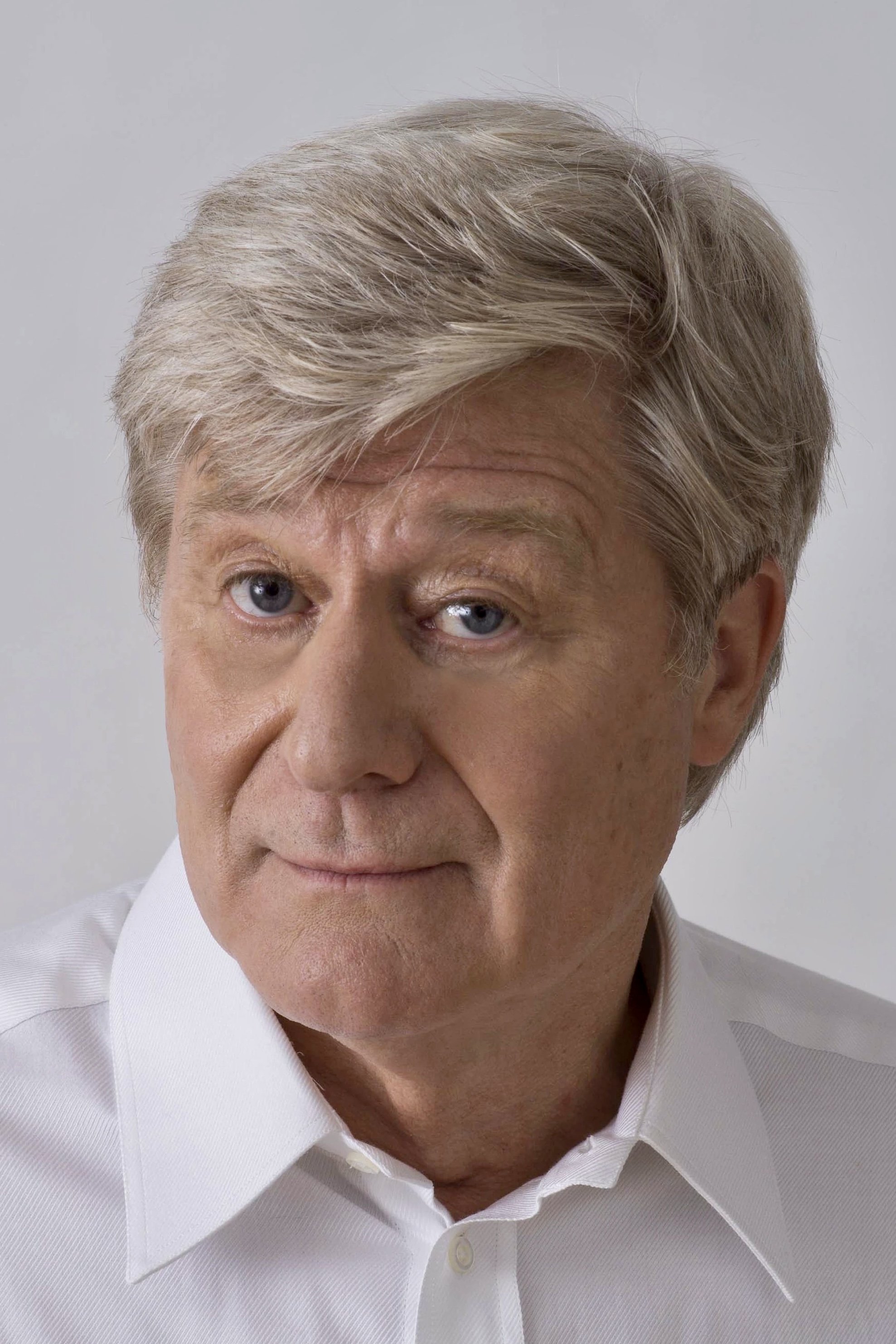
Martin Jarvis
Self - Commentator
Similar Movies
Isle of Man TT: A Dangerous Addiction
The Isle of Man TT is described as the world's most dangerous race, a complicated and unforgiving course. Yet every year more and more motorcycle enthusiasts come to this tiny British island to race in the event. Is it some kind of fatal attraction? It is a three-hour ferry ride from Liverpool to Douglas, the capital of the Isle of Man, which is a self-governing British Crown Dependency. Year after year in late May more than 25,000 people make this journey to the small island about 70 kilometers off the English coast in the middle of the Irish Sea. The TT race has claimed almost 150 lives in its 105-year history and the course itself has claimed more than 250 lives. Most of the riders are amateurs with full-time jobs a world away from the megabucks of Grand Prix racing, and for them this is a very expensive business.
Charge
CHARGE is proof that maniacs on motorcycles can be a force for global good. The movie follows several teams to the world's first zero-emissions grand prix on the Isle of Man – the most demanding and deadly circuit on the planet – in 2009 and on their return in 2010, 2011, and 2012. For the visionaries, it's history. For the petrol-heads it's blasphemy. What's racing without the sound and fury of internal combustion engines? CHARGE is about the future. It's about change. It's about the dream of a clean, green world. It's about the dream of winning.
The Fast of the Forest
Road racing driver Juha Kallio sits on a leather couch with a beer in his hand, watching a DVD of one of the fiercest motorcycle races in the world. ‘Could you do that?’ asks his friend sitting beside him. ‘Yeah, I could,’ answers Juha calmly, even though the Isle of Man TT Race circuit is challenging for any driver. The dangerous route has over 200 turns that need to be memorized beforehand. Participation doesn’t hang on ability alone. It takes not only skills but also luck to get a spot on a team, not to mention cash to cover the expenses. The few tenners worth of gas vouchers won on Finnish circuits barely cover the ride back home to Imatra. Maybe the local chicken farmer would sponsor a familiar face? The road to the legendary race is bumpy. The Fast of the Forest is a film about the daredevil world of road racing. It is also a story about perseverance. Quitting is not an option, even if the dream starts crumbling only moments before it is to become a reality.
One Day In June
Documentary film of the late great Mike Hailwood's return to the 1987 Isle Of Man TT motorcycle championship race.
The Manxman
A fisherman and a rising lawyer who grew up together as brothers fall in love with the same woman.
Nandor Fodor and the Talking Mongoose
In 1935, Hungarian-American para-psychologist Nandor Fodor began his investigation of a strange occurrence on the Isle of Man. An average British family, the Irvings, claimed to have been contacted by a mysterious entity at their farm. A talking mongoose. Named Gef (Pronounced "Jeff".)
Railways of The Isle of Man
This official film provides a definitive history of the only Victorian Railway system in the world which is still in full working order. The Isle of Man Steam and Electric Railways are featured here in graphic detail, utilising exclusive archive film showing the early workings of the long forgotten Prospect Hill Cable Cars and the Douglas Head Tram Cars, as well as the early days of the Steam and Snaefell Mountain Railways. In addition to the extensive archive footage the programme takes us onboard the restored electric railway from Douglas to Ramsey via Laxey and the dramatic ascent to Snaefell with its spectacular views over the Island. We also travel on the Steam Railway through the picturesque countryside to Port Erin visiting the Railway Museum with its extensive range of memorabilia and artefacts. Railways of the Isle of Man provides a fascinating insight and a lasting memento of one of the worlds truly unique transport systems.
Linha de Montagem
Documentary about the strikes that took place in São Bernardo do Campo, in the State of São Paulo, Brazil, circa 1979/1980. That moment was of utmost importance, since it revealed a Union leader, Luís Inácio "Lula" da Silva, who would later become President of Brazil. It was also the moment when PT, the Workers' Party, became a relevant political force in Brazil.
The Godfather and the Mob
The Godfather And The Mob reveals the true life story of murder, mafia and mayhem that occurred behind the scenes of the most iconic gangster film ever made.
Model Citizens
Somewhere in the world right now--much closer than you think--people are playing with trains. You might not see them at first, but they're there. In basements. In garages. In converted Army barracks. They're among the world's most compelling underground communities.
Satoyama II: Japan's Secret Watergarden
Each home has a built in pool or water tank that lies partly inside, partly outside its’ walls… A continuous stream of spring water is piped right into a basin, so freshwater is always available. People rinse out pots in the tank and clean their freshly picked vegetables. If they simply pour the food scraps back in the water, they risk polluting the whole village supply. However, carp can scour out even the greasy or burnt pans. They do the washing up in Satoyama villages. This traditional arrangement is called the riverside method. It’s used all over Japan. Cleaned up by the carp, the tank water eventually rejoins the channel.
Balazher. The Corrections of Reality
Social systems come and go, but people remain. Since Soviet times an old ukrainian bus has been running along the outermost EU border. At the junction of this geo-political construct this old bus appears as fragile as the past itself. Will the bus come? Or not? Passengers wait patiently at the bus stop: and they dream that the bus will take them - perhaps to a better future.
Shoot Me
The Iranian filmmaker Narges Kalhor, daughter of a former advisor of Ahmadinejad's, has been living in exile in Germany for four years. When she hears that the fellow Iranian rapper Shahin Najafi, who is also living in exile in Germany, faces death threats and has to hide because of one of his songs, she doesn't hesitate and has to find him. On her search she encounters fear everywhere. Narges Kalhor has to face her inconvenient memories of suppression, hatred and anger for her past in Iran.
Nanook of the North
This pioneering documentary film depicts the lives of the indigenous Inuit people of Canada's northern Quebec region. Although the production contains some fictional elements, it vividly shows how its resourceful subjects survive in such a harsh climate, revealing how they construct their igloo homes and find food by hunting and fishing. The film also captures the beautiful, if unforgiving, frozen landscape of the Great White North, far removed from conventional civilization.
Olympia: Part One – Festival of the Nations
Commissioned to make a propaganda film about the 1936 Olympic Games in Germany, director Leni Riefenstahl created a celebration of the human form. This first half of her two-part film opens with a renowned introduction that compares modern Olympians to classical Greek heroes, then goes on to provide thrilling in-the-moment coverage of some of the games' most celebrated moments, including African-American athlete Jesse Owens winning a then-unprecedented four gold medals.
Olympia: Part Two – Festival of Beauty
Commissioned to make a propaganda film about the 1936 Olympic Games in Germany, director Leni Riefenstahl created a celebration of the human form. Where the two-part epic's first half, Festival of the Nations, focused on the international aspects of the 1936 Olympic Games held in Berlin, part two, The Festival of Beauty, concentrates on individual athletes such as equestrians, gymnasts, and swimmers, climaxing with American Glenn Morris' performance in the decathalon and the games' majestic closing ceremonies.
Workers Leaving the Lumière Factory
Working men and women leave through the main gate of the Lumière factory in Lyon, France. Filmed on 22 March 1895, it is often referred to as the first real motion picture ever made, although Louis Le Prince's 1888 Roundhay Garden Scene pre-dated it by seven years. Three separate versions of this film exist, which differ from one another in numerous ways. The first version features a carriage drawn by one horse, while in the second version the carriage is drawn by two horses, and there is no carriage at all in the third version. The clothing style is also different between the three versions, demonstrating the different seasons in which each was filmed. This film was made in the 35 mm format with an aspect ratio of 1.33:1, and at a speed of 16 frames per second. At that rate, the 17 meters of film length provided a duration of 46 seconds, holding a total of 800 frames.
